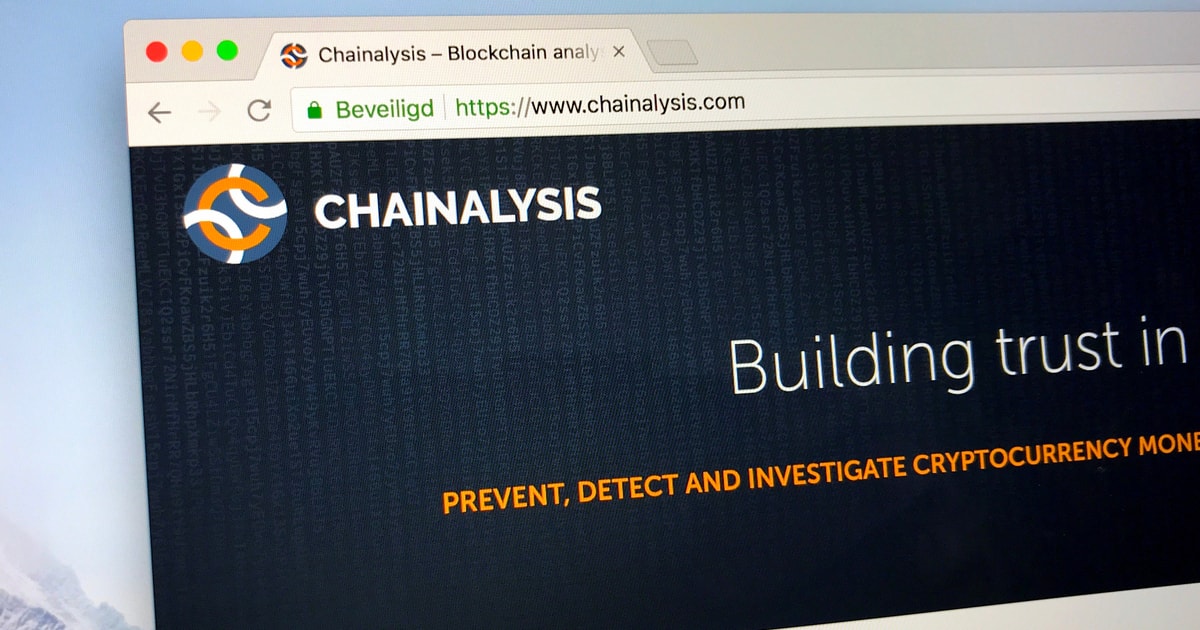U.S. Takes Lead in Crypto Regulation with GENIUS and CLARITY Acts
Caroline Bishop Jul 19, 2025 08:17
The U.S. advances crypto regulation with the GENIUS and CLARITY Acts, setting new standards for stablecoin compliance and sector oversight, according to Chainalysis.

The United States has taken significant strides in the realm of cryptocurrency regulation, as Congress recently passed the GENIUS Act, which has been signed into law, and the CLARITY Act, which is awaiting further Senate review. These legislative measures aim to provide a comprehensive regulatory framework for digital assets, according to Chainalysis.
GENIUS Act: A New Era for Stablecoin Compliance
The GENIUS Act introduces stringent requirements for stablecoin issuers, emphasizing a two-tier licensing system. Issuers with under $10 billion in market capitalization can opt for a state-level license, while larger entities must secure a federal license, overseen by federal banking regulators. This Act mandates that all stablecoins be fully backed by high-quality, liquid assets, with monthly reserve disclosures and annual financial filings for larger issuers.
Furthermore, stablecoin issuers are now classified as financial institutions under the Bank Secrecy Act, requiring them to implement anti-money laundering (AML) and Know Your Customer (KYC) programs. The Act also calls for a study and guidance from FinCEN within three years, focusing on innovative methods to detect illicit finance and manage risks associated with decentralized finance protocols.
CLARITY Act: Defining Oversight and Structure
The CLARITY Act is poised to clarify the jurisdictional boundaries between the Securities Exchange Commission (SEC) and the Commodity Futures Trading Commission (CFTC). It assigns the CFTC exclusive jurisdiction over digital commodities, while the SEC will oversee digital securities. This Act seeks to eliminate ambiguity by establishing criteria to distinguish between different types of digital assets.
Additionally, the CLARITY Act proposes a market structure framework that includes mandatory registration for market intermediaries, standards for custody and consumer protections, and guidelines for "sufficient decentralization." These measures aim to foster a safer and more transparent digital asset market.
Positioning the U.S. on the Global Stage
The enactment of the GENIUS Act and the progress of the CLARITY Act position the United States alongside other nations that have established clear regulatory frameworks for digital assets. Europe, for instance, has implemented the Markets in Crypto-Assets (MiCA) regulation, while Singapore and Japan have also developed stringent rules for the sector.
In this evolving regulatory environment, it is crucial for regulators, financial institutions, and crypto businesses to maintain a unified, global view of activities across jurisdictions. This requires the capability to trace funds and ensure compliance with international obligations effectively.
Next Steps for Industry Stakeholders
With the implementation of these Acts, crypto businesses must reassess their risk management policies and upgrade AML compliance programs to align with the new regulatory framework. Financial institutions should prepare for increased demand and regulatory clarity regarding stablecoins, while regulators are encouraged to leverage tools like those offered by Chainalysis to interpret blockchain activity and enhance enforcement actions.
The passage of the GENIUS and CLARITY bills marks the beginning of a new era in crypto compliance, emphasizing accountability, transparency, and innovation. As the U.S. takes a leading role in shaping digital asset markets, industry stakeholders must adapt to the changing landscape to ensure robust compliance and strategic success.
Image source: Shutterstock.jpg)
